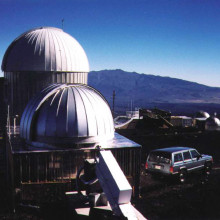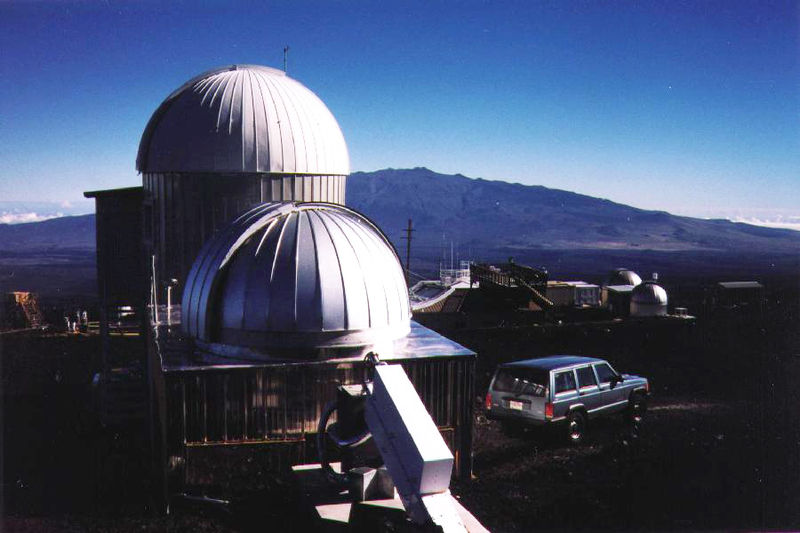Crowd funding programmes like Kick-starter have been used to raise money for music projects and Hollywood films, but now it could even be used to raise funding for long running scientific projects. The so-called Keeling Curve is the world's longest unbroken record of how much carbon dioxide is in the atmosphere, but after funding cuts it's now asking the public to chip in to keep the data going. To find out more about this archive and the gas it measures, here's your Quick Fire Science with Kate Lamble and Dave Ansell.
In this episode

00:00 - Keeling Curve Crowdfunding
Keeling Curve Crowdfunding
Crowd funding programmes like Kick-starter have been used to raise money for music  projects and Hollywood films, but now it could even be used to raise funding for long running scientific projects.
projects and Hollywood films, but now it could even be used to raise funding for long running scientific projects.
The so-called Keeling Curve is the world's longest unbroken record of how much carbon dioxide is in the atmosphere, but after funding cuts it's now asking the public to chip in to keep the data going.
To find out more about this archive and the gas it measures, here's your Quick Fire Science with Kate Lamble and Dave Ansell.
Carbon dioxide, or CO2, is given off whenever any carbon-containing material is burnt, whether that's a candle or a piece of coal dug up from the ground.
The colourless and odourless gas was first identified by Flemish alchemist Jan Baptista van Helmont in 1648, who described it as a gas given off by burning charcoal.
Plants absorb 420 billion tonnes of CO2 every year. This is in almost perfect balance with the amount of the gas produced by living things during their respiration.
However, since the industrial revolution humans have been burning fossil fuels which had been buried for millions of years, this now produces around an extra 33 billion tonnes of CO2 every year.
Although this is a far smaller amount than naturally produced CO2, if it isn't absorbed it will build up in the atmosphere
In 1859 John Tyndell discovered that CO2 insulates the earth keeping it warm.
This discovery caused some concern, Alexander Graham Bell wrote as far back as 1917 "[The unchecked burning of fossil fuels] would have a sort of greenhouse effect", and "The net result is the greenhouse becomes a sort of hot-house.
But the potential of the effect was not appreciated until the 1960s, when planetary scientists studying Venus realised that the very thick atmosphere of CO2 on that planet had caused the surface temperatures to rise to over 450 celcius.
CO2 concentrations have been measured continuously at Mauna Luo in Hawaii since 1958.
Over the past 56 years, CO2 levels have risen by nearly a third, from 315 parts per million to reaching over 400 parts per million for the first time in recorded history in May 2013.
Scientists estimate that the last time the Earth previously reached these levels was three million years ago in the Pliocene era when average global temperatures and sea levels were higher than they are today.
Sadly if the money cannot be raised and monitoring of the Keeling Curve is halted for even a brief time, it will be very difficult to ensure that future measurements are properly calibrated to match the historical record.










Comments
Add a comment